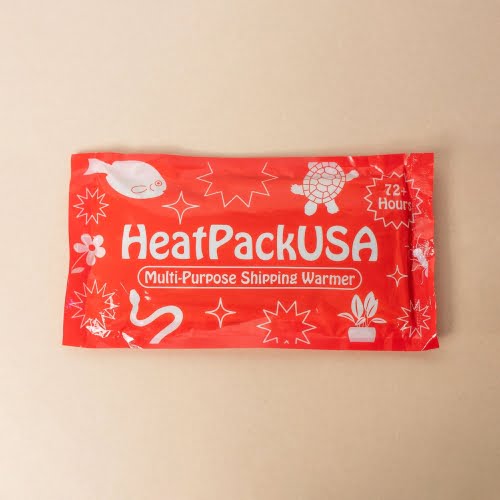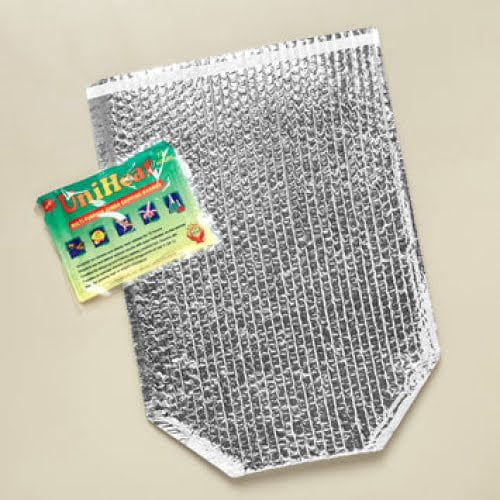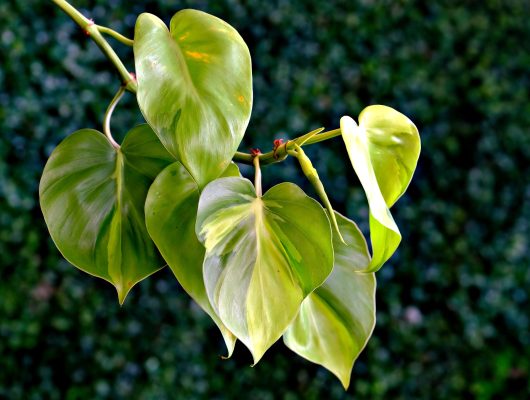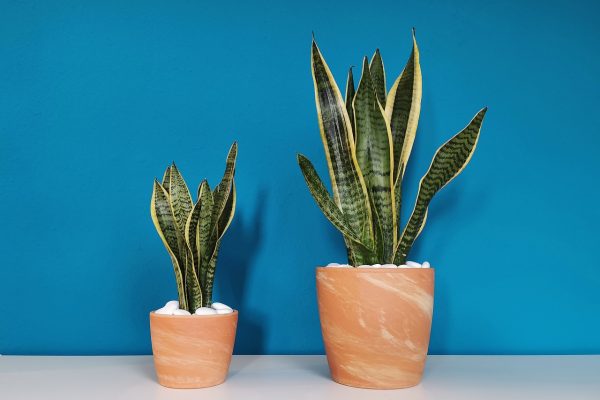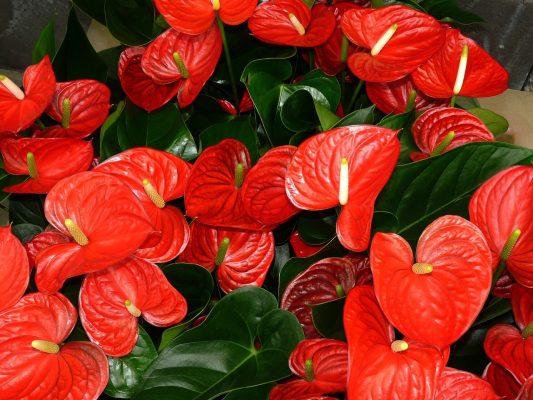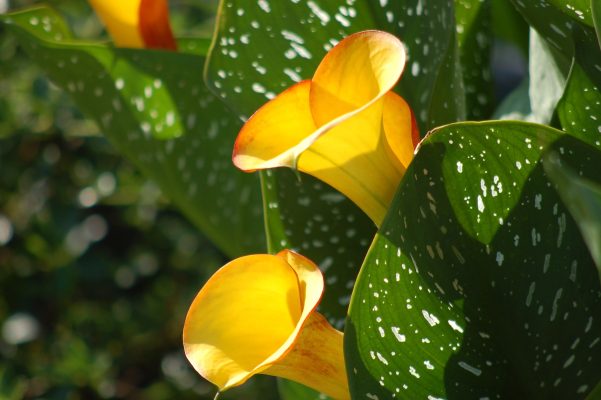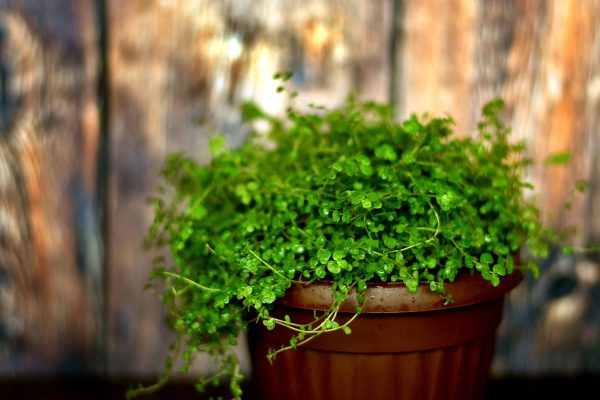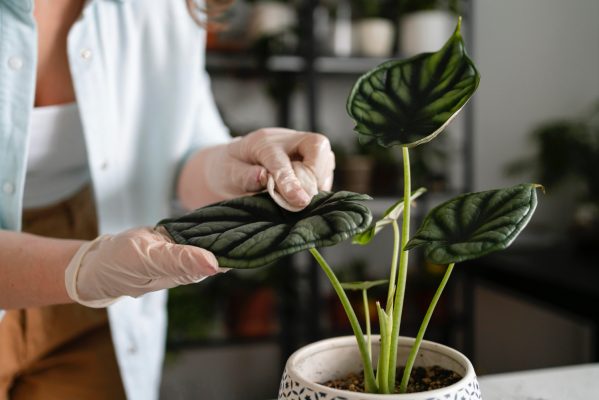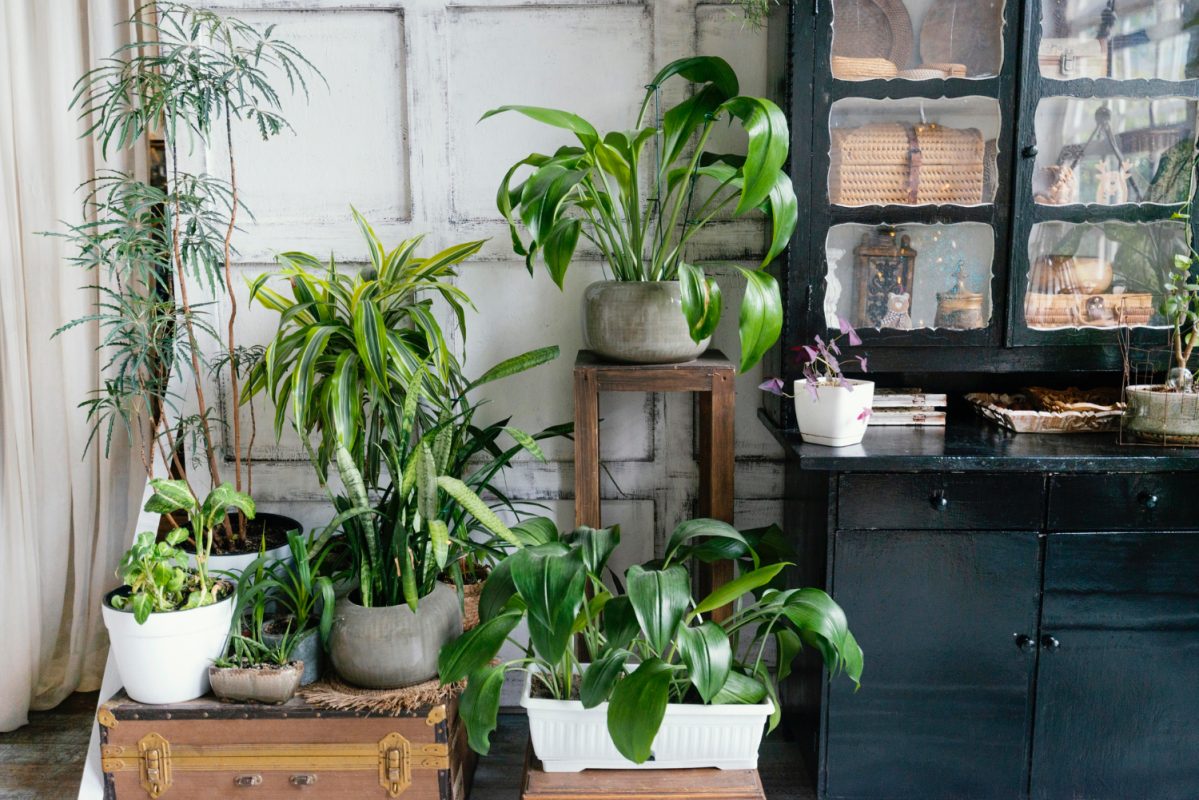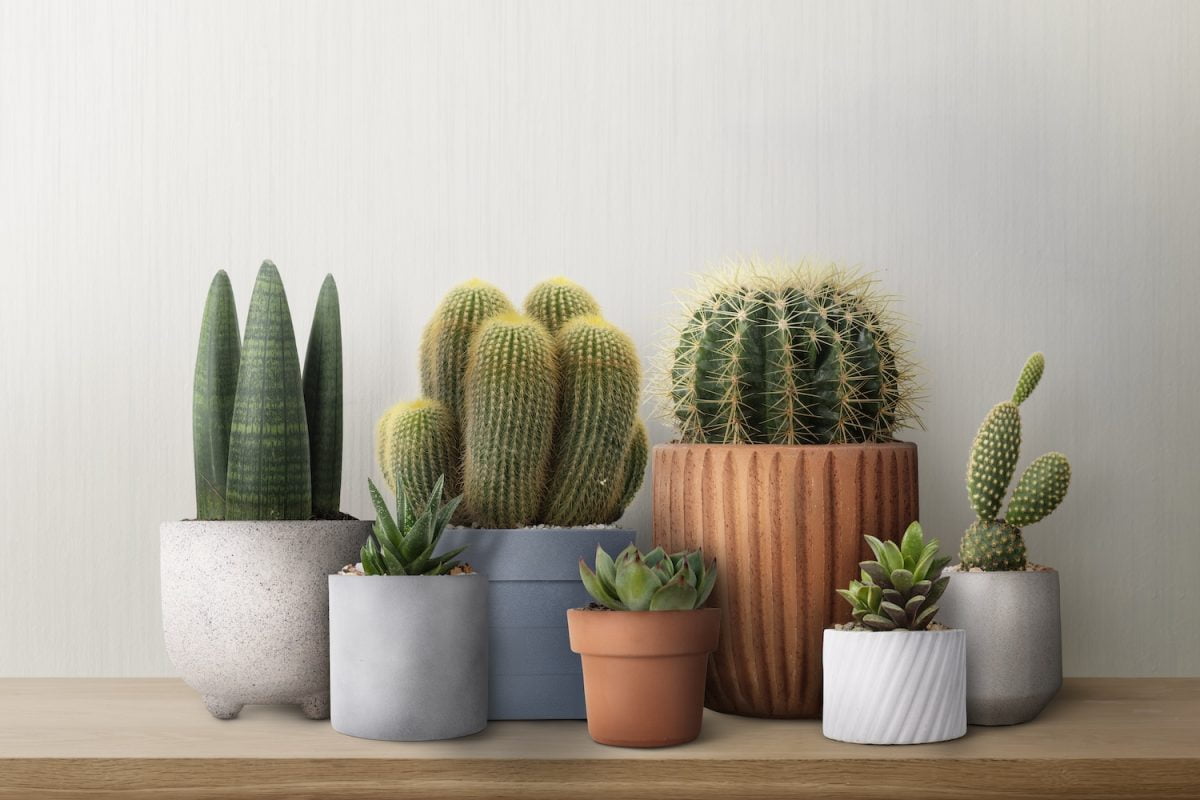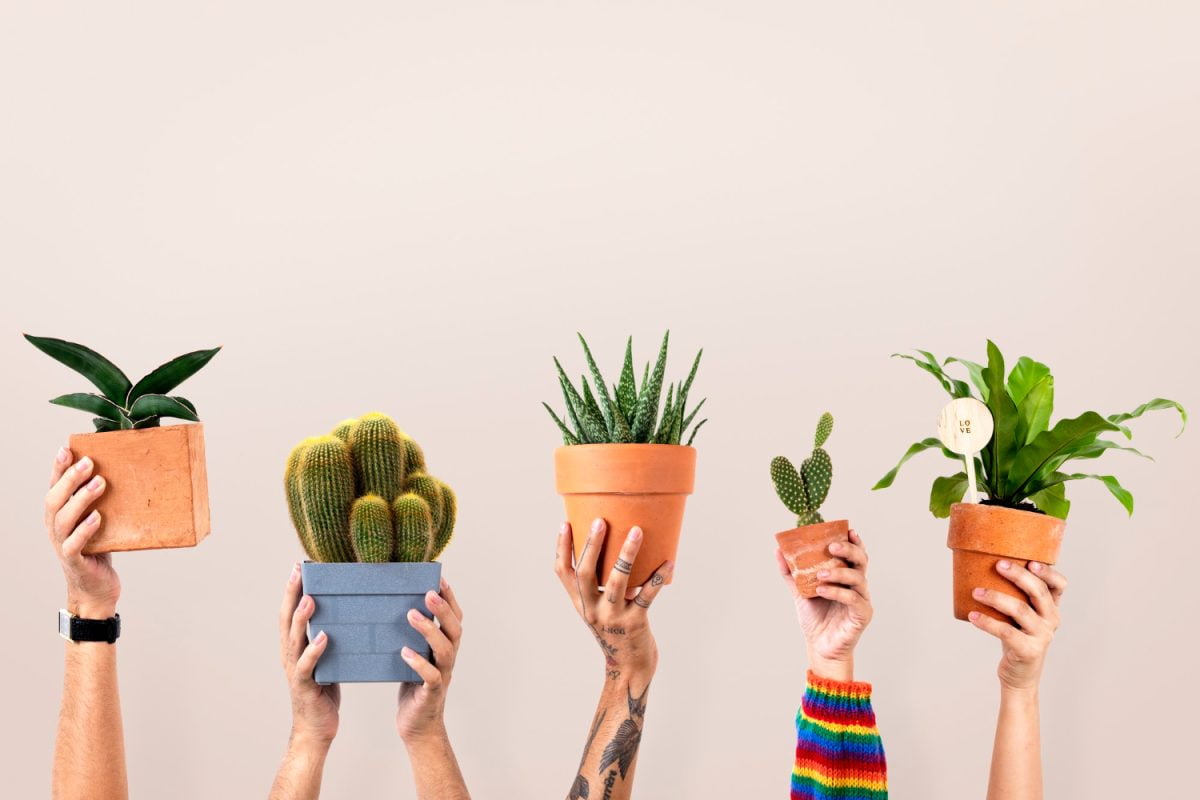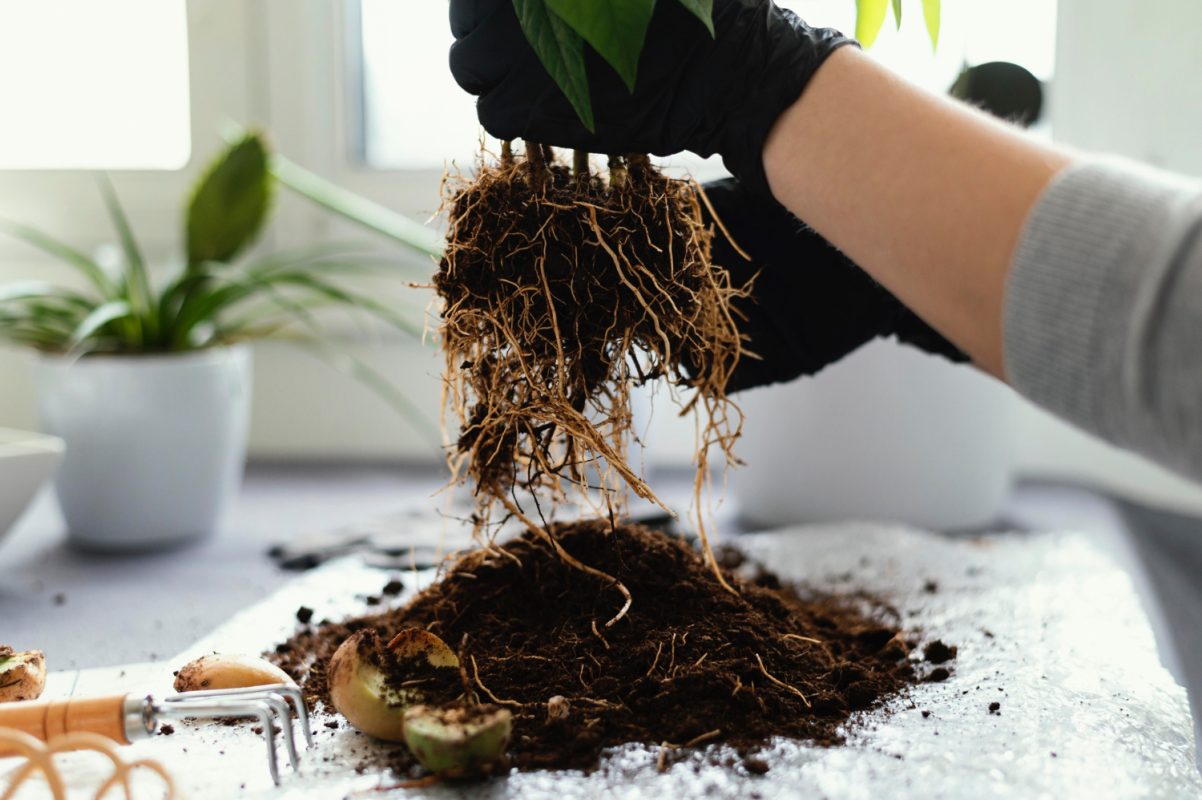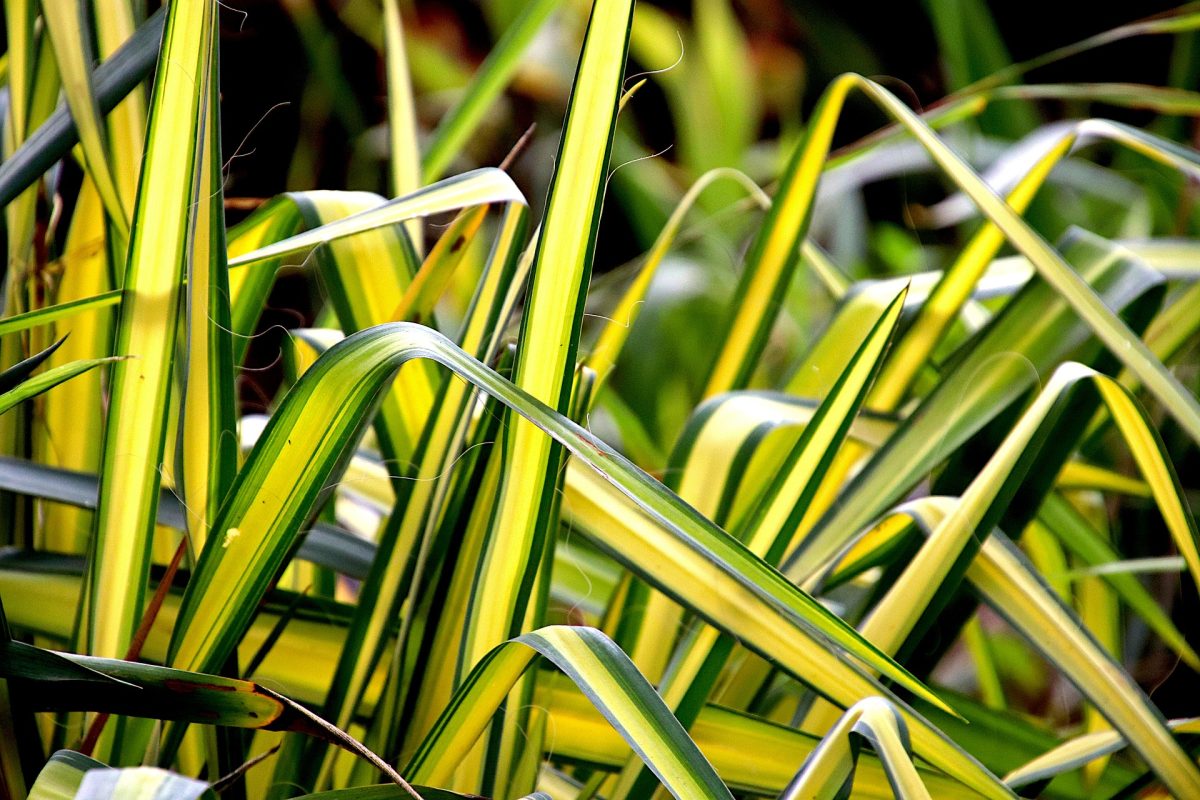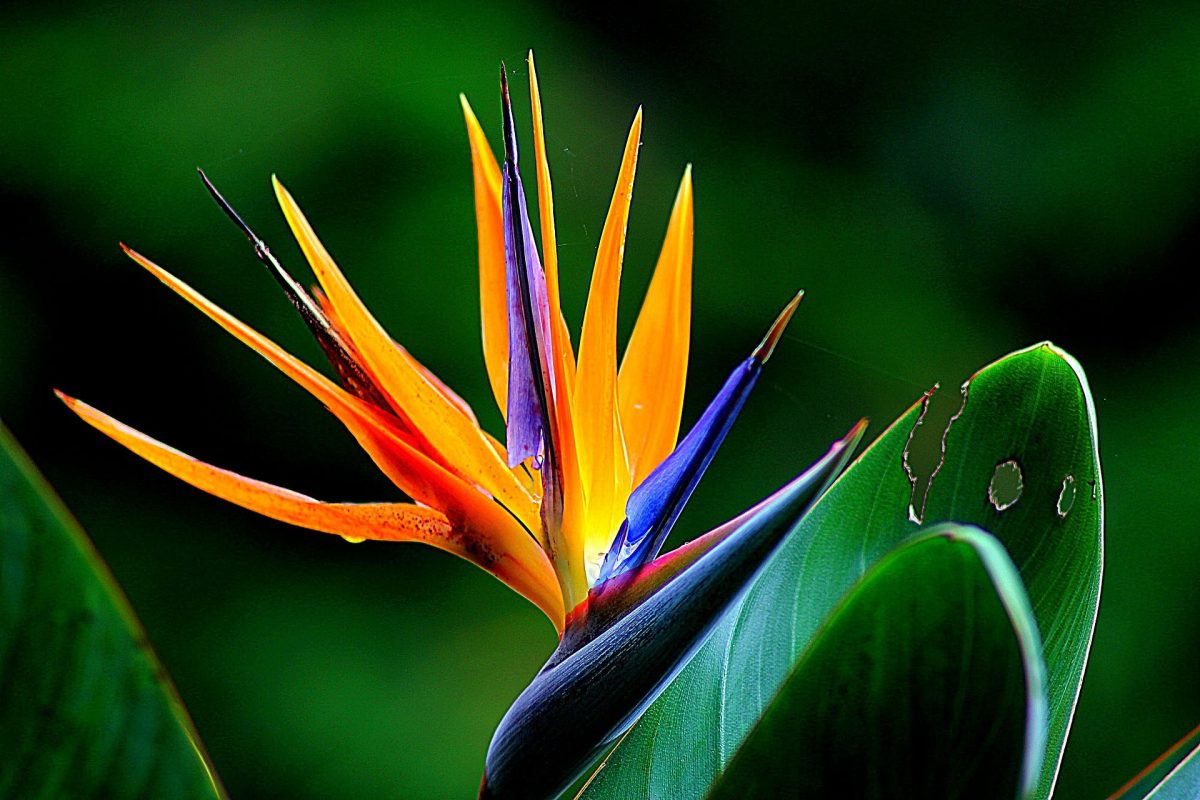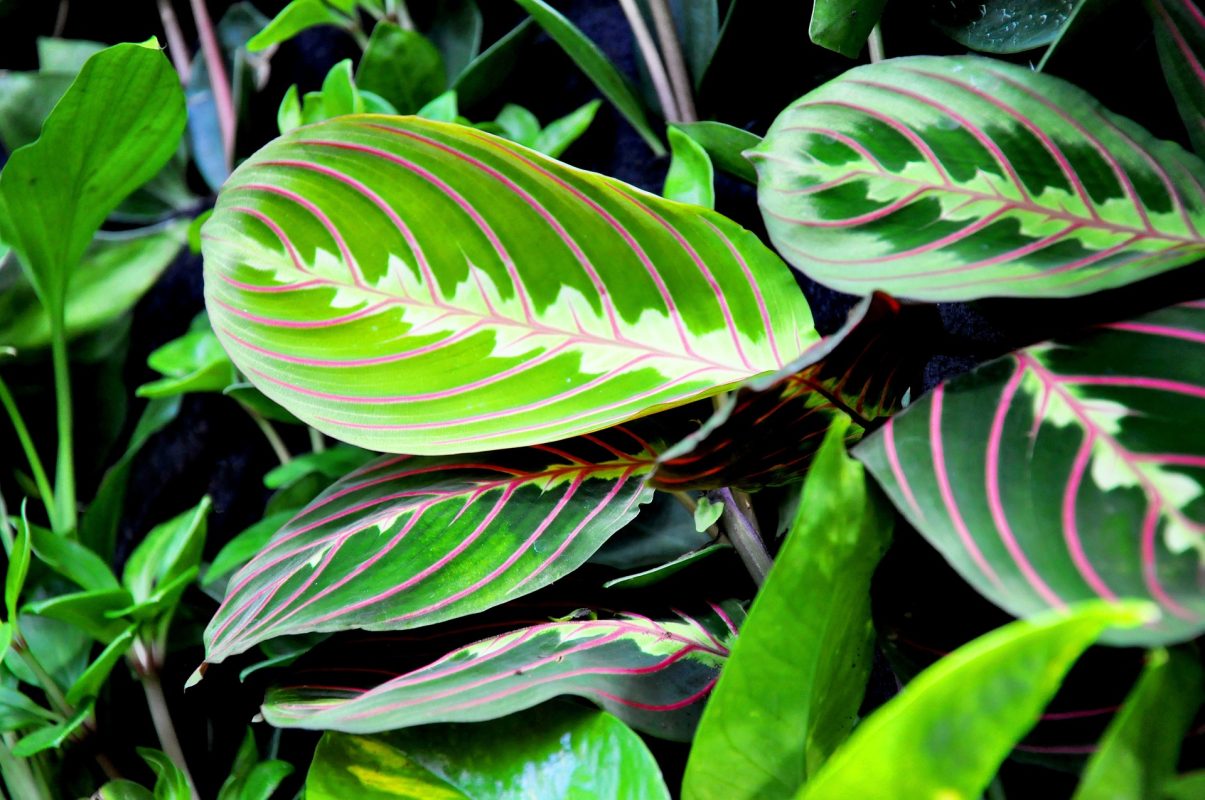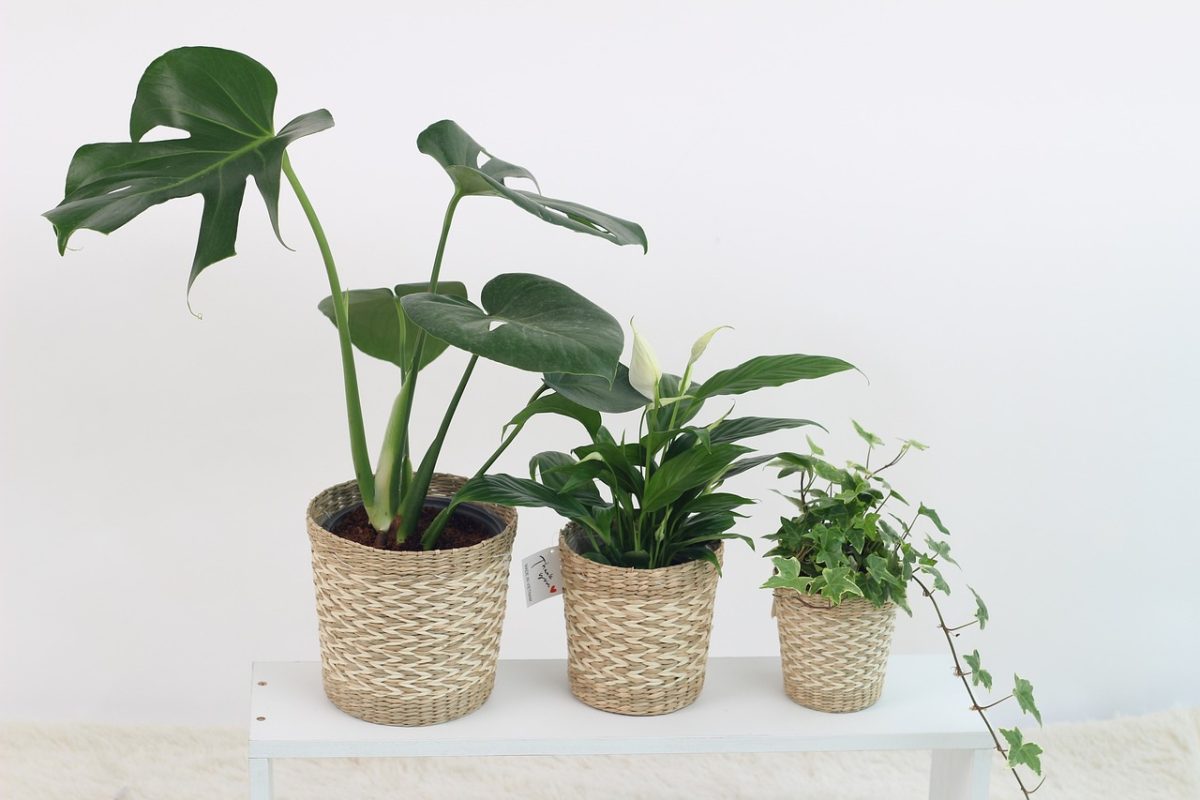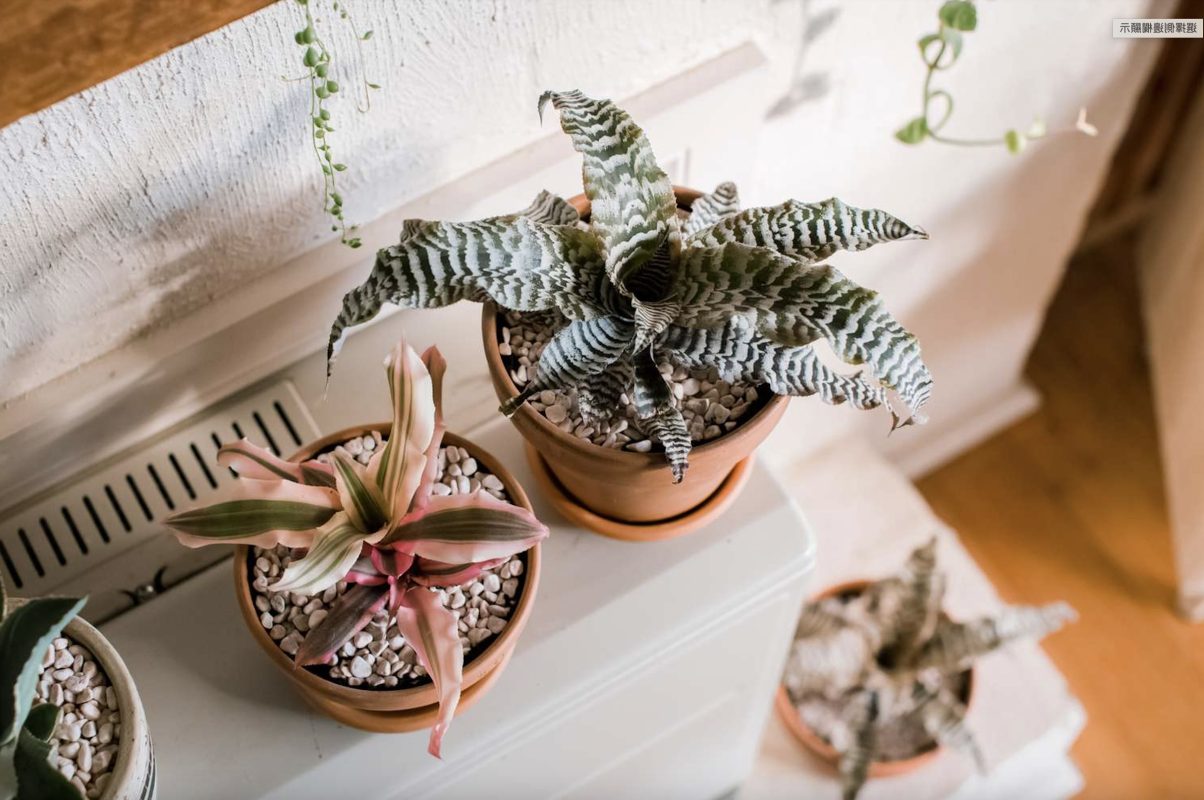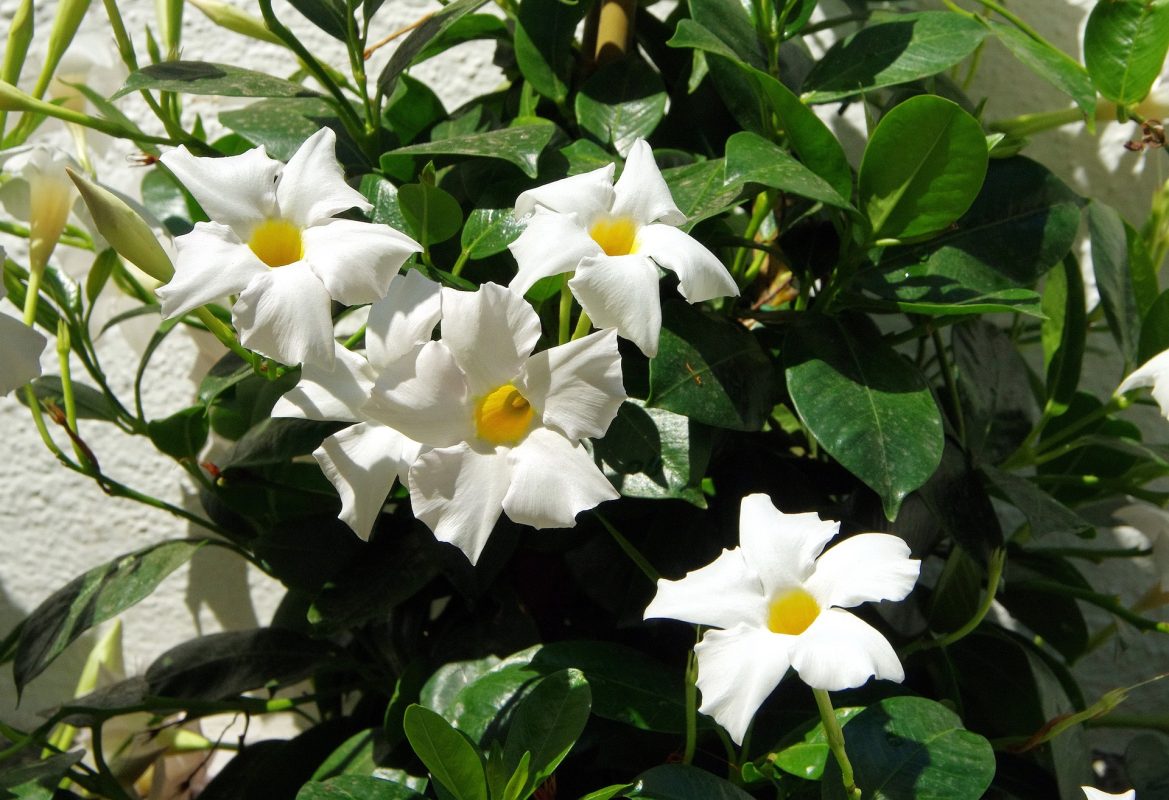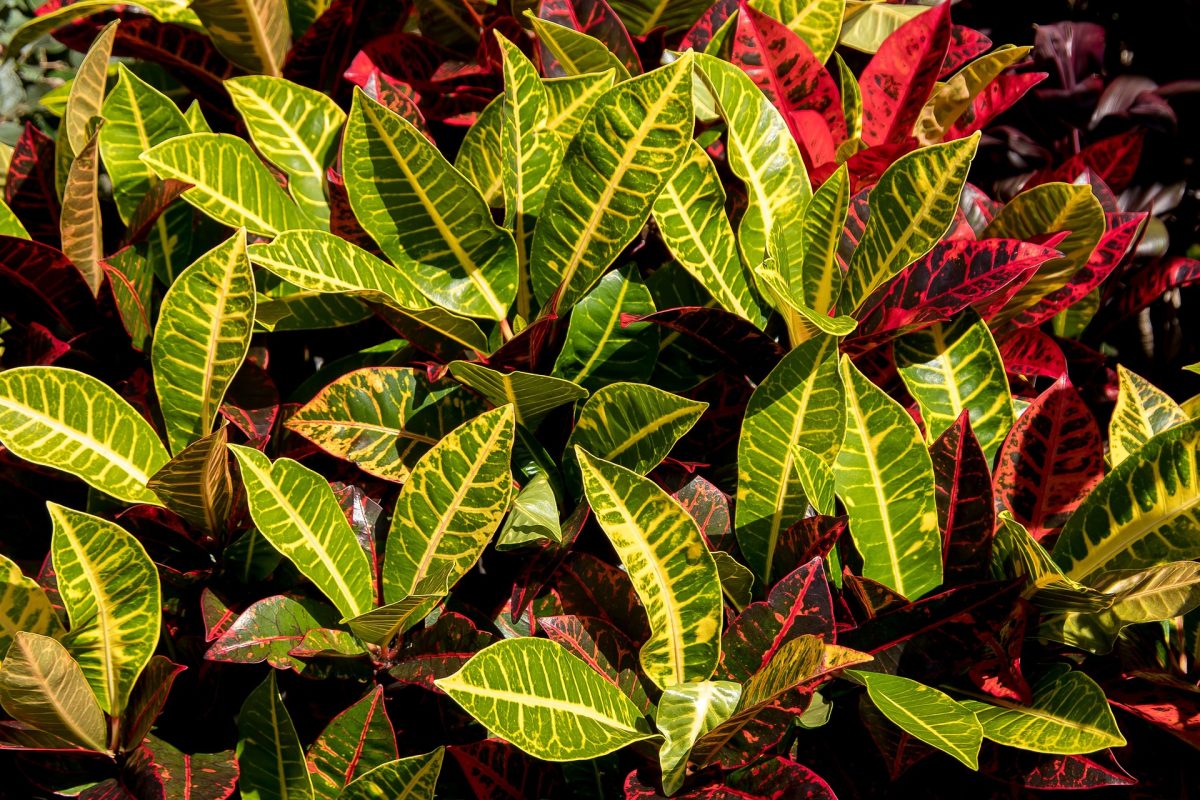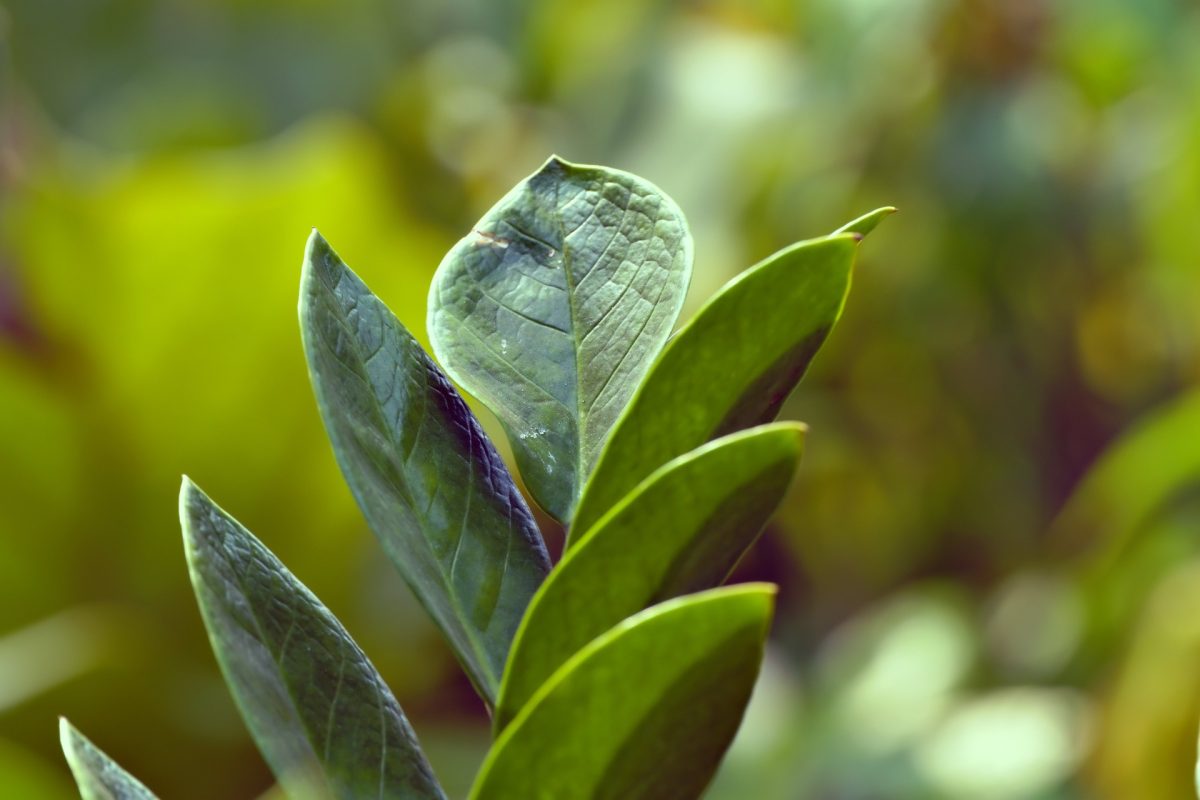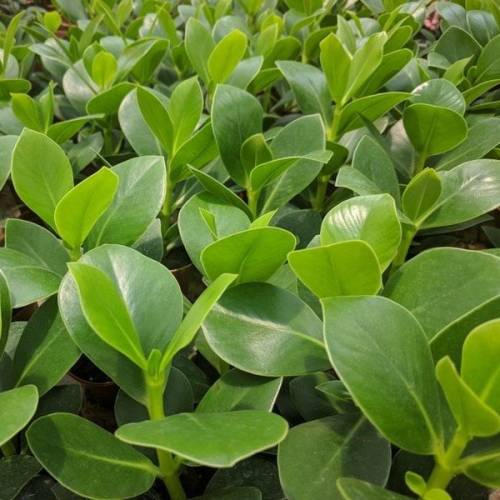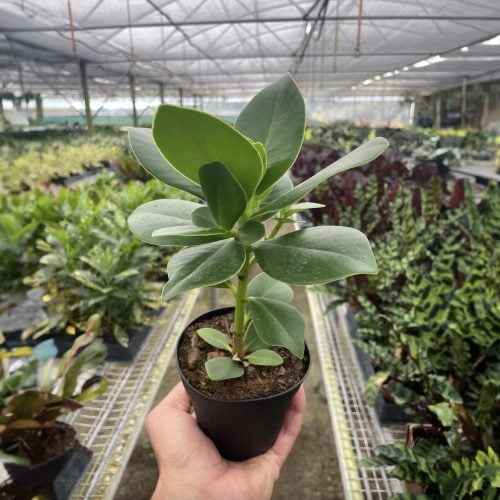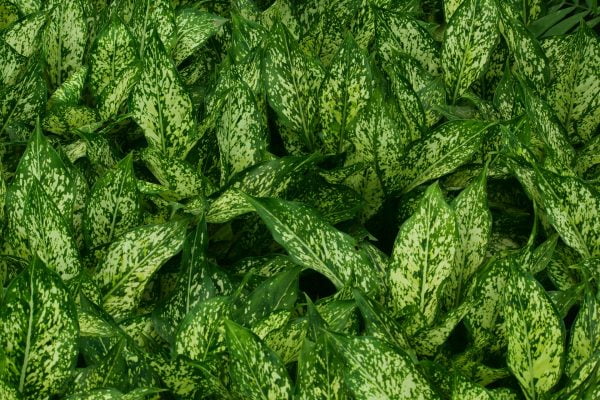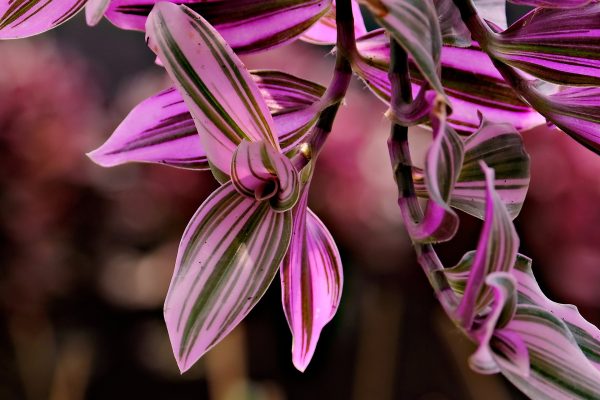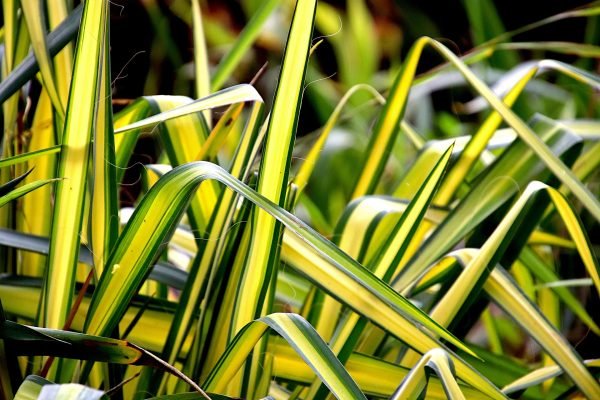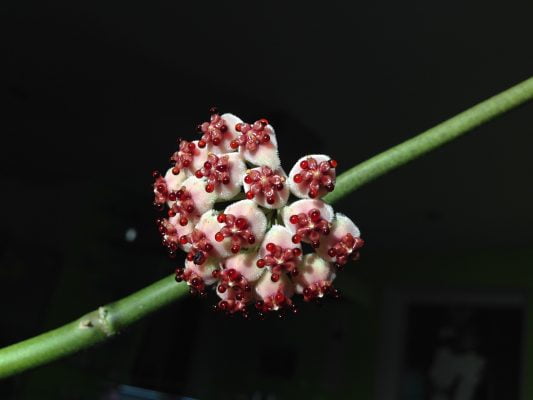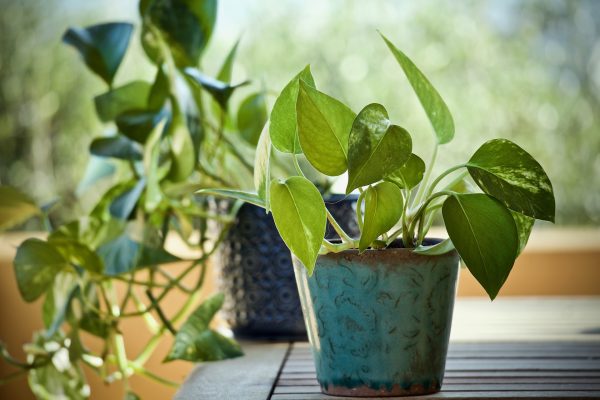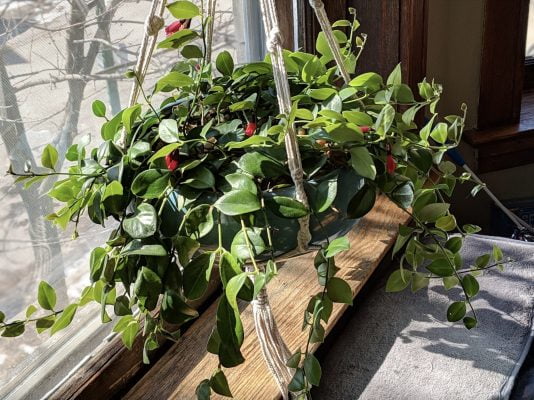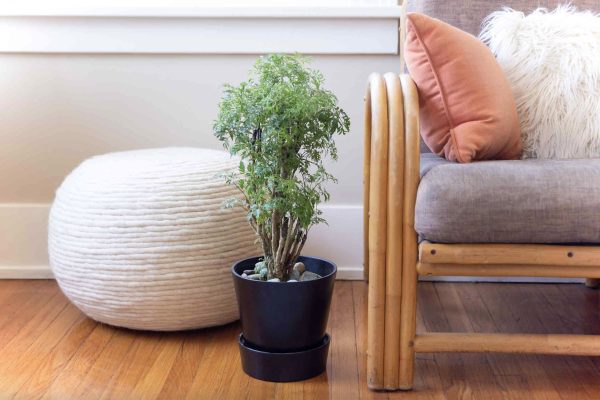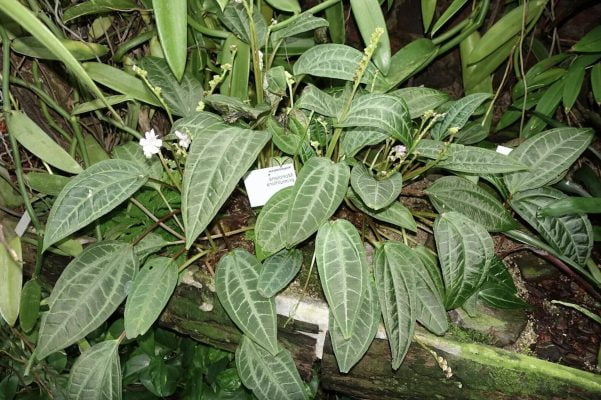Clusias, known for their robust nature and glossy, leathery leaves, are an appealing group of plants that add a touch of tropical beauty to indoor and outdoor settings. This comprehensive care guide is your key to cultivating the resilient beauty of Clusias, guiding you through the steps to encourage lush growth, maintain optimal conditions, and infuse your living space with the natural charm of this versatile and hardy species.
I. Plant Overview:
- Scientific Name: Clusia spp.
- Common Names: Clusia, Autograph Tree
- Origin: Native to tropical regions of the Americas.
II. Light Requirements:
- Ideal Conditions: Bright, indirect light. Clusias thrive in well-lit areas.
- Tolerance: Adaptable to a range of light conditions, including partial shade.
III. Watering:
- Frequency: Allow the top inch of soil to dry before watering. Water thoroughly and let excess water drain.
- Water Quality: Use room-temperature water. Clusias are somewhat drought-tolerant once established.
- Humidity: Adapts well to average indoor humidity levels.
IV. Soil:
- Type: Well-draining potting mix. A mix for tropical plants or a blend of peat, perlite, and pine bark is suitable.
- pH Level: Slightly acidic to neutral (pH 6.0-7.0).
V. Temperature and Humidity:
- Temperature: Maintain a warm environment between 60-85°F (15-29°C).
- Humidity: Clusias are adaptable to a range of humidity levels.
VI. Fertilization:
- Schedule: Feed every 4-6 weeks during the growing season (spring and summer).
- Fertilizer: Use a balanced liquid fertilizer, diluted to half strength. Reduce fertilization in the dormant season.
VII. Pruning and Maintenance:
- Pruning: Trim to control size and shape. Remove any yellow or damaged leaves.
- Cleaning: Wipe leaves with a damp cloth to remove dust. Clusias are generally low-maintenance.
VIII. Repotting:
- Frequency: Repot every 2-3 years or when the Clusia outgrows its container.
- Procedure: Gently lift the plant, inspect roots, and repot in fresh soil. Choose a container with drainage holes.
IX. Common Issues and Solutions:
- Yellowing Leaves: Overwatering. Allow the soil to dry out between waterings.
- Pests: Check for scale insects or aphids. Treat with insecticidal soap if necessary.
- Leaf Drop: Normal response to changes in environmental conditions. Provide stable conditions.
X. Display Tips:
- Showcase the glossy foliage of Clusias as a statement piece in your living space or as a privacy hedge outdoors.
- Combine Clusias with other tropical plants for a lush and diverse garden.
- Use decorative containers to enhance the overall aesthetic of Clusias.
Cultivating Clusias brings resilience and tropical beauty to your living space. This guide empowers you to care for the Autograph Tree, ensuring its robust beauty thrives and enriches the natural allure of your indoor or outdoor environment. Happy gardening!
our recommendation
you may also want to know


